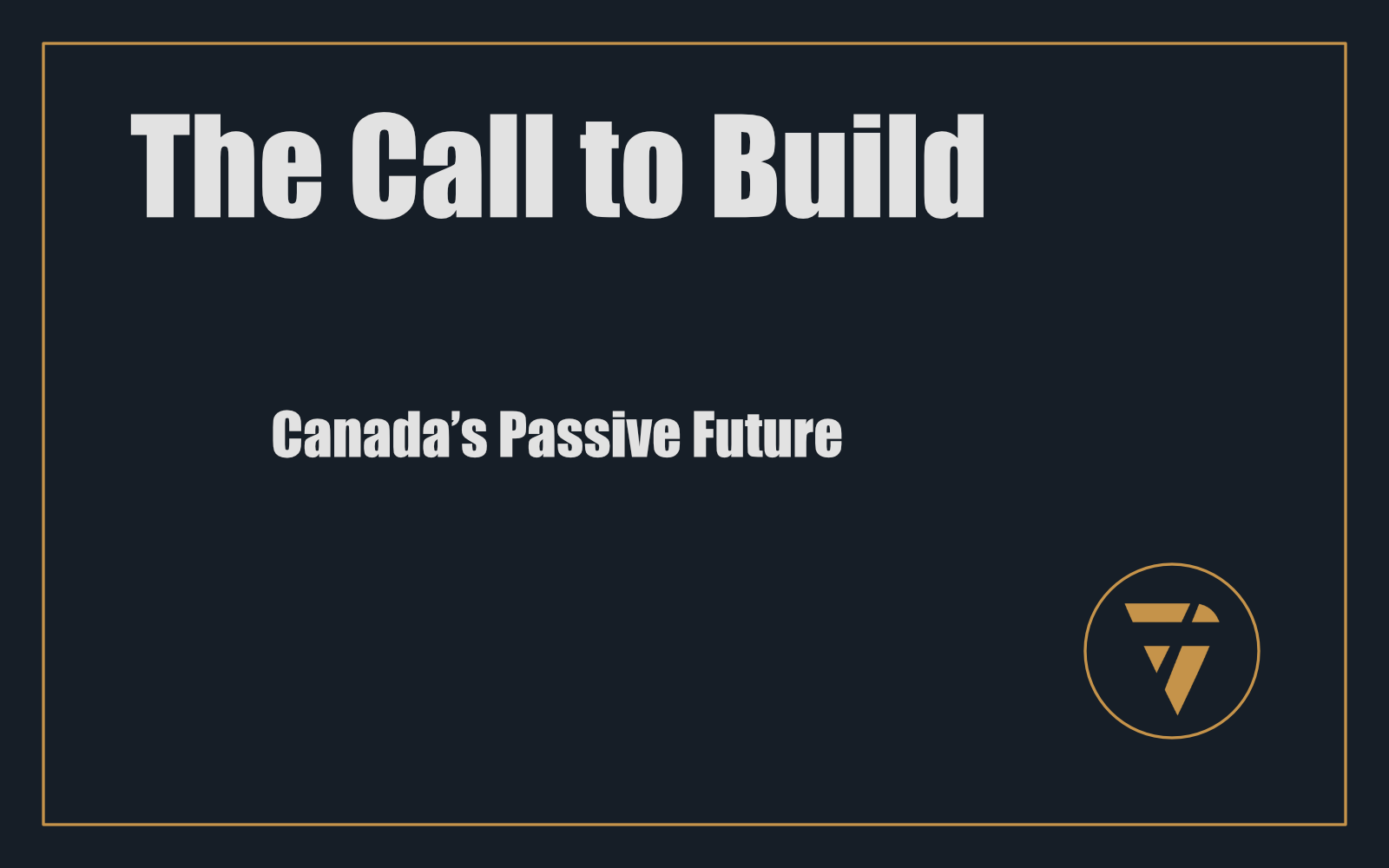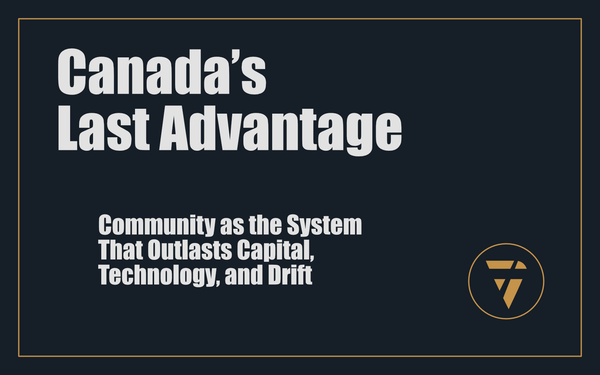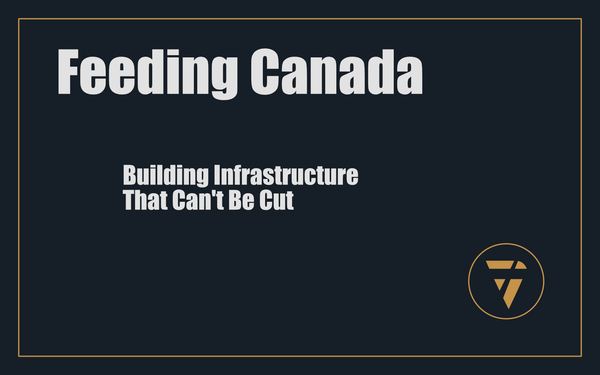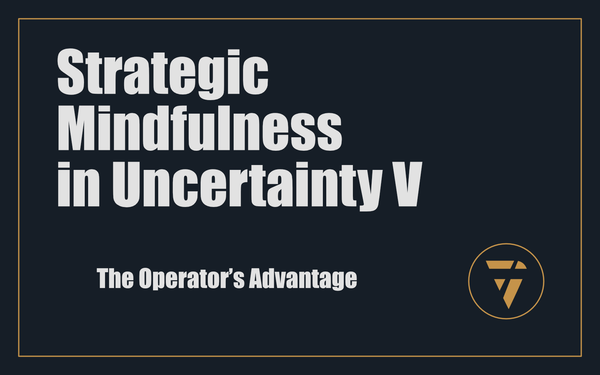The Call to Build

Canada’s Passive Future
Canada stands at a crossroads.
We face housing shortages, energy shocks, climate extremes, and the long shadow of a built environment that bleeds carbon, cash, and comfort. Our buildings consume 30% of national energy use and generate nearly 20% of emissions. If we don’t change how we build, every new project is another liability locked in for 50–100 years.
We already hold the solution.
Situation: Canada Must Decarbonise the Built Environment
We don’t need more proof that our buildings are fragile. Prairie winters freeze them. Wildfire smoke chokes them. Storms cut their power and flood their basements. Energy prices gut their affordability.
Canada must decarbonise, not as a slogan, but as a survival strategy. And the built environment is the frontline.
Problem: Passive House Is Still Niche
Despite decades of proof—despite the Saskatchewan Conservation House in 1977, despite thousands of European projects, despite the success of Clayton Community Centre—Passive House remains niche in Canada.
- Builders: Too often default to code minimum.
- Developers: Dismiss it as boutique.
- Policymakers: Delay with incentives instead of mandates.
- Homeowners: Fear the investment without seeing the lifetime gain.
The result: Canada continues to build fragile housing stock while climate deadlines tighten.
Solution: Canada’s Passive Future
The tools, knowledge, and precedent already exist.
- Legacy: Canada invented airtight performance housing with the Saskatchewan Conservation House. Passive House is not foreign—it’s our heritage.
- Science: The Passive House Planning Package (PHPP) eliminates guesswork, providing proof before a wall is raised.
- Principles: Super-insulation, airtightness, high-performance windows, thermal-bridge-free detailing, and heat-recovery ventilation. Five unbreakable rules.
- Ecosystem: Passive House Canada has built the training, certification, and advocacy networks to deliver scale.
- Proof: Clayton Community Centre in Surrey BC. Ken Soble Tower in Hamilton ON. Dozens of multifamily projects in Vancouver and Toronto.
The question is no longer “can it be done?” The question is “will we choose to do it?”
Consequence: No More Excuses
If we build fragile today, we pay for decades. Higher bills. Broken systems. Health risks. Climate emissions that lock us into failure.
If we build Passive, we invest once and gain for generations. Stable comfort. Clean air. Energy bills that collapse. Public buildings that serve better at lower cost. Private housing that actually remains affordable.
This is the call: Canada must stop dithering. Stop calling Passive House niche. Stop waiting for another crisis.
We must build now—at scale, across homes, schools, towers, farms, and civic infrastructure.
Why It Matters
Every building we construct today will stand in 2050, when Canada’s climate goals come due. Build it fragile, and we will have failed before the deadline even arrives. Build it Passive, and we turn buildings from liabilities into assets.
This isn’t about theory. It’s about consequence.
Here’s your lever: Canada already built the first airtight house. Canada already has the tools, training, and proof. The only thing missing is the will.
The call is clear: no more excuses. Build Canada’s Passive Future now.
This is what I’m working on. Tell me what you think, I enjoy the conversation! Subscribe and follow the work in real time.
Thanks!
B

Canada built the first airtight house in 1977.
We proved it works. We proved it scales.
No more excuses.
The tools exist. The time is now.
Build Canada’s Liveable Future.
PS -






